Why I Ride What I Ride
This is an intro to some bloggylike posts I’ve got planned on why I ride what I ride. I’ve hesitated on this because, why should you care? I’m just like you; I have tastes like you; and I’m no better qualified to know what saddle is comfortable or what gearing is appropriate for me than you are for you. But…
I always have to remind myself that not all of you have been riding road bikes since “5” was the number of gears on a cogset and one luxury of a long historic arc is the discipline one develops in how to select equipment. What equipment I’ve chosen is not the important thing, rather my decision-making process. My lists of imperatives, product-by-product, may inform your thought processes when it comes time for you to choose a product, regardless of the product you choose.
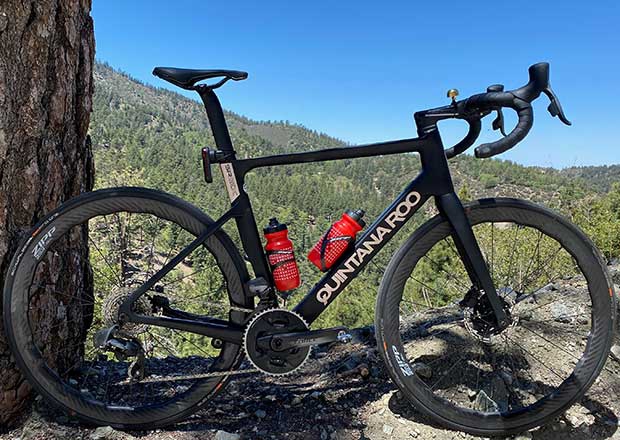
Over days and weeks I’m going to write installments on wheels & tires; on handlebars and cockpit; on the groupset I chose; on electronics, mounts & safety; on saddles & comfort. I’m testing saddles right now. (I think I’ve hit on my new saddle, but I’m not 100 percent sure yet.) I’m going to tell you why and how I chose what I chose but also what I both like and dislike about what I’m riding. For example, there’s a SRAM Force eTap AXS groupset on this bike, and obviously I like it or I wouldn’t have chosen it; but I’ll be honest and fulsome about what is wrong with each part in this groupset (and there is a fair bit of that to write).
This current series will be all about my road bike and I’ll be honest with you: for a while there I considered whether to even own a road bike. My last road bike was a Cannondale SuperSix EVO, which I bought new in 2013. It had mechanical shifting – Campagnolo Chorus – and I tend not to change things until they need changing and that bike didn’t need changing. What did cause me to eventually need to change was that bike’s inability to accept a tire larger than 25mm; and it just wasn’t geared low enough. So I offloaded the bike, and thought, “I don’t need a road bike; I’m on my gravel bike every time I hike my leg over the top tube of a drop bar bike.”
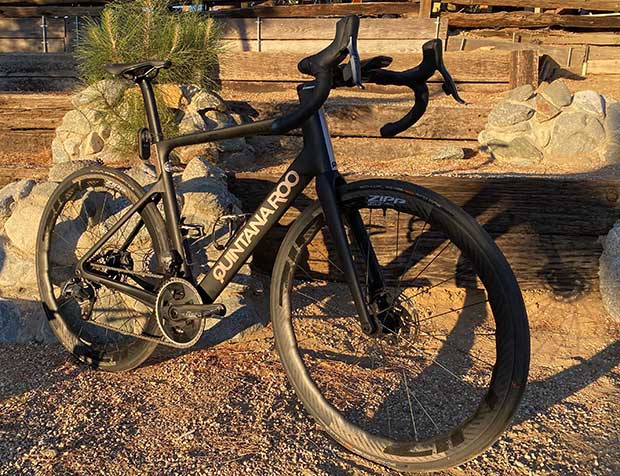
But life intervenes, as it will do, and – for unanticipated personal and lifestyle reasons – I found myself road riding almost exclusively over the winter when I wasn’t Zwifting. (I was riding with a set of road wheels on my gravel bike: doable but not ideal.)
So I decided to invest in a road bike and I started to think about which frame to buy, and “frame” because I wanted some skin in this game. I don’t much like working on bikes but, every now and then, when my connection to the bike is going to be intensely personal, individual, and long lasting, I want to be the one who hangs the parts.
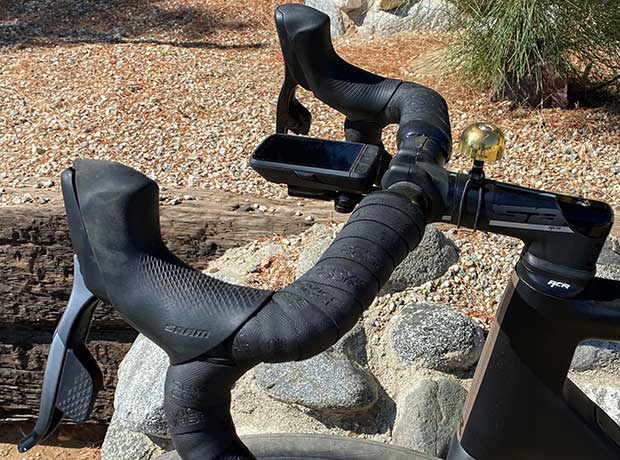
Why I Chose a Quintana Roo SRsix
Let’s start with this choice. The SRsix is an aero frame. We wrote about it here. Whoopee. Why do I care if it’s aero? I’m not going to be riding the sorts of rides where aeroness is a requirement. But here’s the thing about bikes these days: the lines between aero and endurance road and gravel are blurring. The new Cervelo Áspero-5 is a gravel bike. It’s more aero than a lot of aero road bikes. All the hydraulic housing is hidden inside the stem and the frame. Same sort of attention to aerodynamics with 3T’s gravel bikes.
Today’s aero bikes are, therefore, not aero to the exclusion (necessarily) of other features I need. As you might guess, tire width is an imperative, because it (and gearing) are what finally got me off my SuperSix.
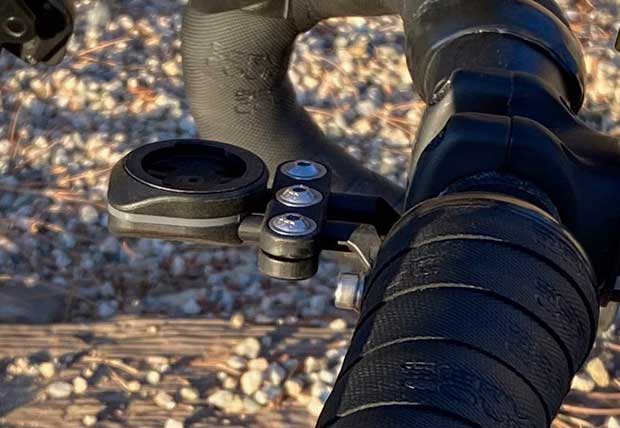
Incidentally, the SuperSix had a frame redesign some years back that fixed the tire width limitation, which included the new SystemSix into my decision matrix, because that frame worked for me, both for handling and fit. It had a frame stack/reach of 577mm x 399mm in size-58cm, and that is about right for me. But getting a SystemSix has a bare frame turned out to be a challenge and, look, “This is the business we’ve chosen.” The bike industry is not like it was when I began, where you choose your frame, and then you choose your parts.
Except getting a bare frameset was – is – possible with the Quintana Roo SRsix, and I have a relationship with that brand (and some history with it), and that SRsix in size-L has a stack/reach of 580mm x 400mm, almost a dupe of the last road bike I was on. And, to be accurate about the Cannondale, the SuperSix EVO actually has moved a bit away from that geometry I liked, however the SystemSix is now made in that same geometry (580mm x 400mm in size-58cm).
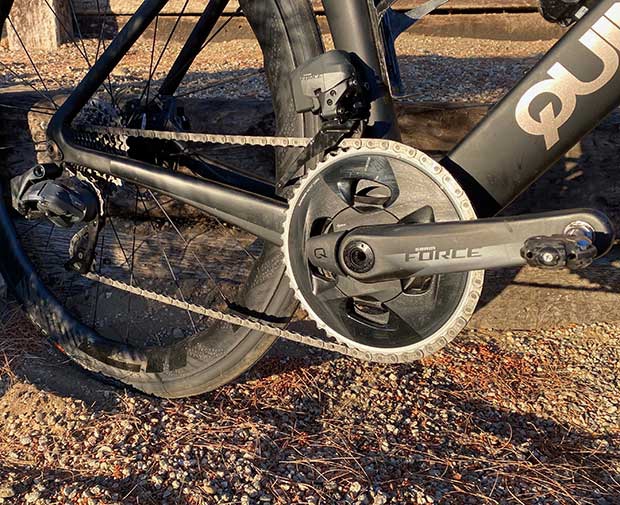
The other thing about the SRsix, it can take a tire up to 32mm wide. This is important to me, because I just flat refuse to ride anything smaller than 28mm on my road bike, and 30mm is more my preference. I guess I’m surprised that an aero road bike would take a tire this large, because you’d think that one of the ways it stays aero is by hugging a tire pretty tightly. But, there you go, that’s this bike, and the expansive tire range is one of my drop-dead needs.
The frame might have been a disqualifier for me had I not had the Formula SpeedLock in-line hydraulic quick connect available to me. I bury this connection under the handlebar tape along the tops. (Here’s a short video of me doing that when building up this frame.) This allows me to change a stem pretty quickly. The hydraulic lines run through the handlebar and the FSA ACR stem. That is a special stem this frame is designed to accept, and is designed for aero road bikes. Lucky that I installed that SpeedLock, because I did have to change the stem after I got the frame (I miscalculated the stem length I’d need by 10mm).
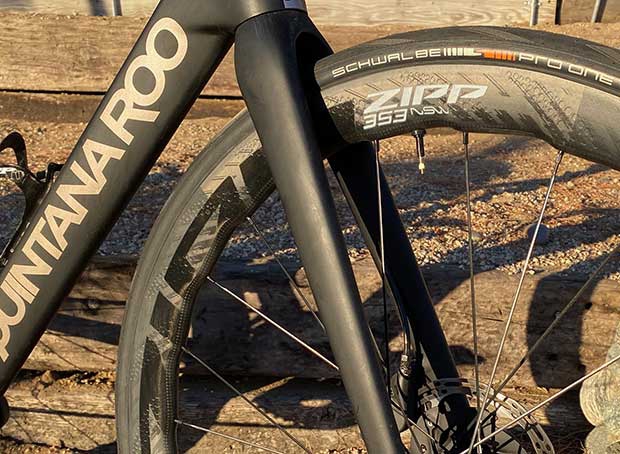
I needed a 2x crankset on this bike because my road riding is largely about climbing. I believe I have – and I’m serious now – a personality disorder of some type, that requires me to be engaged all the time. I’m either a very bad candidate for meditation (because I’m not meditative), or I’m a good candidate (because I need to be more meditative). Point being, I can’t “just ride along.” I have to be mentally engaged all the time. This is one reason gravel appeals to me (because if you’re not mentally engaged you’re a good candidate for a faceplant). Climbing is like that. The input on a long road ascent is constant. Therefore, for me, a road ride is almost not worth riding unless the bike points uphill. As you might imagine, I’ve had to construct an elaborate mental system for keeping myself engaged while swimming.
Anyway, this is the long explanation behind why my frame needs two chain rings in the front. I need low gears on this bike. I’ll talk about how I go about choosing gearing in a future installment. The SRsix has a T47 bottom bracket shell, and this was almost an irreconcilable difference with SRAM. SRAM does not make a bottom bracket for this bike. Fortunately, Wheels Manufacturing does (and perhaps one or two others, Cane Creek or Chris King, I don’t know). I like T47, because it’s threaded, and if you want the value of oversized bearings but you want it back into a threaded motif, that’s what T47 gives you.
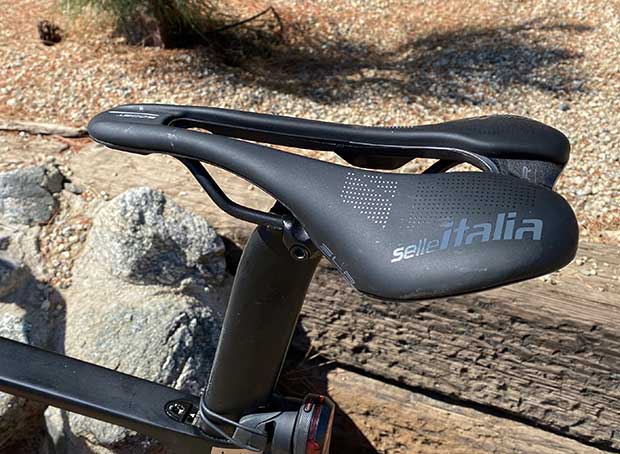
My one concern about the SRsix was in the handling. The steering geometry. The bike uses a pretty slack head angle – 72° in my size – and I’m okay with that, but I would have expected something like 50mm of offset in the fork. Not so in this bike’s fork; it’s a 45mm offset; and that gave me a bunch of trail (60mm). Too much trail for a road bike. This bike was going to steer like (surfing) a longboard, not a shortboard, but one can get used to anything, right? To my surprise, the bike does not handle like that. I don’t know why. Maybe I’ll dive into that in a future installment, if I can think up a better, and reasonable, answer for you. I have been on bikes with 55mm of trail that steer like paddleboards, and this bike – with 60mm of trail – should steer slower yet. But it’s quick, and I have an idea why, but I’ll defer on that for now.
There is a configurator on QR’s website; this brand does its painting in-house, in Chattanooga, Tennessee. The SRfive and SRsix frames cost around $2,400 and $3,200 respectively, and I probably would have been just as happy with an SRfive. But I could not live with any of the spec options QR offers for its complete bike build kits: not the wheels, the handlebars, or the groupsets. It’s not that the spec options were bad; just that I needed something different in every category, and neither QR nor any other brand can inventory for our wide breadth of needs; hence my need to buy the bare frameset (which was high-priced, but not ridiculously-priced, and after all I only do this once every 8 years).
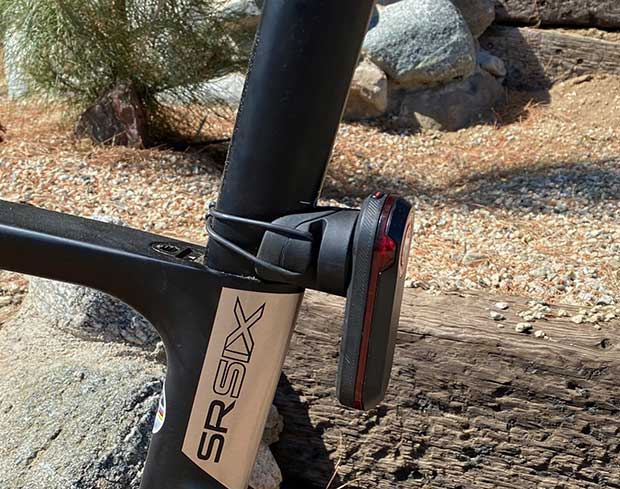
So that’s it. That’s the frame. Admittedly this analogy is imperfect, but, the process for choosing a road bike is not unlike the process for choosing a spouse, in this sense: there isn’t only one possible candidate out there for you in the whole world. However, the number of those who aren’t candidates is legion. So, I could have ended up with a different bike than this one. Just, there were a lot of disqualifiers. I was not a good candidate for an integrated front-end. I’m way too picky about the exact, precise, fit. In fact, I almost chose against the SRsix because I only had stems available in one pitch. (But that -6° stem pitch happened to work for me, on this frame with its particular frame stack.)
Fit geometry, expansive tire width capacity, BB style, 2x, the ability to put on the stem (length) and bar (shape, geometry and cable routing) of my election, and the ability to buy it as a bare frame (without spending a fortune). That was my calculus. Seems it shouldn’t be that hard to find. But when it I put it all into Match.com’s filters, this is the one that came up. More on the other choices in a future installment.


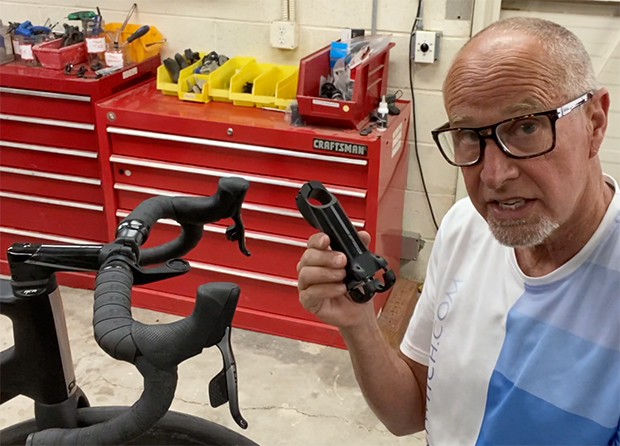
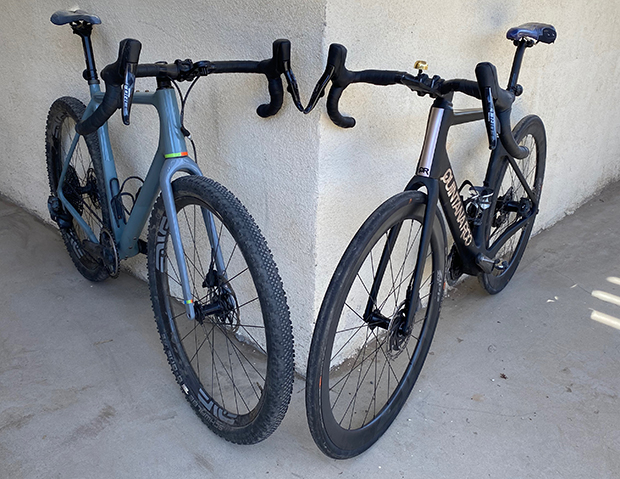
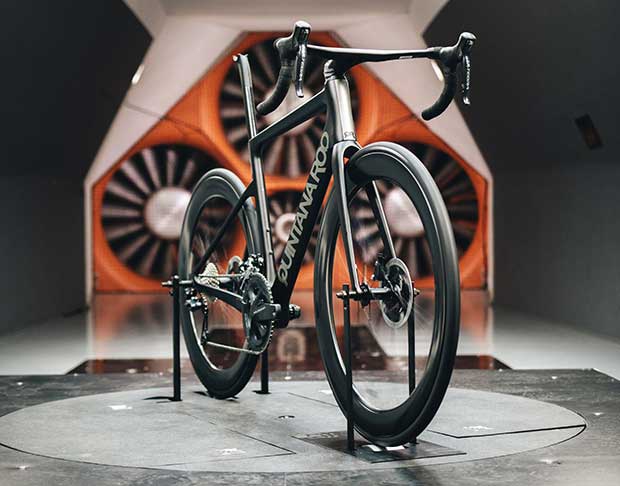
Start the discussion at forum.slowtwitch.com